45 parts of compound microscope drawing
How to draw compound of Microscope easily - step by step I will show you " How to draw compound of microscope easily - step by step "Please watch carefully and try this okay.Thanks for watching.....#microscopedrawi... Compound Microscope Principle, Parts, Diagram Definition, Application A compound microscope is a type of microscope that uses lenses and light to magnify objects. It consists of two main parts: the objective lens, which is located near the object being viewed, and the eyepiece, which is located near the viewer's eye.
Microscopy: Intro to microscopes & how they work (article) - Khan Academy In a compound microscope with two lenses, the arrangement of the lenses has an interesting consequence: the orientation of the image you see is flipped in relation to the actual object you're examining. For example, if you were looking at a piece of newsprint with the letter "e" on it, the image you saw through the microscope would be "ə."

Parts of compound microscope drawing
Microscope | Types, Parts, History, Diagram, & Facts Optical microscopes can be simple, consisting of a single lens, or compound, consisting of several optical components in line. The hand magnifying glass can magnify about 3 to 20×. Single-lensed simple microscopes can magnify up to 300×—and are capable of revealing bacteria —while compound microscopes can magnify up to 2,000×. How to Draw a Microscope - Realistic Microscope Drawing Tutorial 1.25 Step 24: Shade the Bottom Part of the Arm. 1.26 Step 25: Enhance the Detail on the Left Side of the Base. 1.27 Step 26: Create Detail in the Lower Adjustment Dial. 1.28 Step 27: Create Detail on the Illuminator. 1.29 Step 28: Create a Ground Shadow Beneath the Microscope Drawing. Compound Microscope - Types, Parts, Diagram, Functions and Uses A compound microscope consists of different parts and each part plays an important function. These include the following: Image 2: The eyepiece/ocular lens of a compound microscope. Picture Source: slideplayer.com Eyepiece/ocular lens - It is the part of the microscope that is looked through at the top.
Parts of compound microscope drawing. How to Draw a Microscope - Really Easy Drawing Tutorial Easy Microscope Drawing - Step 2 2. Extend a pair of straight, parallel lines from the head, and connect them at the end using a short curved line. This forms the eyepiece tube. The tip of the tube is called the ocular. It is the lens through which you look to view your tiny objects. Easy Microscope Drawing - Step 3 3. Compound Microscope: Definition, Diagram, Parts, Uses, Working Principle The parts of a compound microscope can be classified into two: Non-optical parts Optical parts Non-optical parts Base The base is also known as the foot which is either U or horseshoe-shaped. It is a metallic structure that supports the entire microscope. Pillar The connection between the base and the arm are possible through the pillar. Arm Compound Microscope Parts - Labeled Diagram and their Functions Labeled diagram of a compound microscope Major structural parts of a compound microscope There are three major structural parts of a compound microscope. The head includes the upper part of the microscope, which houses the most critical optical components, and the eyepiece tube of the microscope. Compound Microscope: Parts of Compound Microscope - BYJU'S Optical parts (A) Mechanical Parts of a Compound Microscope 1. Foot or base It is a U-shaped structure and supports the entire weight of the compound microscope. 2. Pillar It is a vertical projection. This stands by resting on the base and supports the stage. 3. Arm The entire microscope is handled by a strong and curved structure known as the arm.
Parts of a microscope with functions and labeled diagram - Microbe Notes There are three structural parts of the microscope i.e. head, base, and arm. Head - This is also known as the body. It carries the optical parts in the upper part of the microscope. Base - It acts as microscopes support. It also carries microscopic illuminators. Microscope Parts and Functions Here are the important compound microscope parts... Eyepiece: The lens the viewer looks through to see the specimen. The eyepiece usually contains a 10X or 15X power lens. Diopter Adjustment: Useful as a means to change focus on one eyepiece so as to correct for any difference in vision between your two eyes. Compound Microscope- Definition, Labeled Diagram, Principle, Parts, Uses Parts of a Compound Microscope Eyepiece And Body Tube. The eyepiece is the lens through which the viewer looks to see the specimen. It usually contains a 10X or 15X power lens. The body tube connects the eyepiece to the objective lenses. Objectives and Stage Clips Objective Lenses are one of the most important parts of a Compound Microscope. 16 Parts of a Compound Microscope: Diagrams and Video The 16 core parts of a compound microscope are: Head (Body) Arm Base Eyepiece Eyepiece tube Objective lenses Revolving Nosepiece (Turret) Rack stop Coarse adjustment knobs Fine adjustment knobs Stage Stage clips Aperture Illuminator Condenser Diaphragm Video: Parts of a compound Microscope with Diagram Explained
Compound Microscope - Types, Parts, Diagram, Functions and Uses A compound microscope consists of different parts and each part plays an important function. These include the following: Image 2: The eyepiece/ocular lens of a compound microscope. Picture Source: slideplayer.com Eyepiece/ocular lens - It is the part of the microscope that is looked through at the top. How to Draw a Microscope - Realistic Microscope Drawing Tutorial 1.25 Step 24: Shade the Bottom Part of the Arm. 1.26 Step 25: Enhance the Detail on the Left Side of the Base. 1.27 Step 26: Create Detail in the Lower Adjustment Dial. 1.28 Step 27: Create Detail on the Illuminator. 1.29 Step 28: Create a Ground Shadow Beneath the Microscope Drawing. Microscope | Types, Parts, History, Diagram, & Facts Optical microscopes can be simple, consisting of a single lens, or compound, consisting of several optical components in line. The hand magnifying glass can magnify about 3 to 20×. Single-lensed simple microscopes can magnify up to 300×—and are capable of revealing bacteria —while compound microscopes can magnify up to 2,000×.
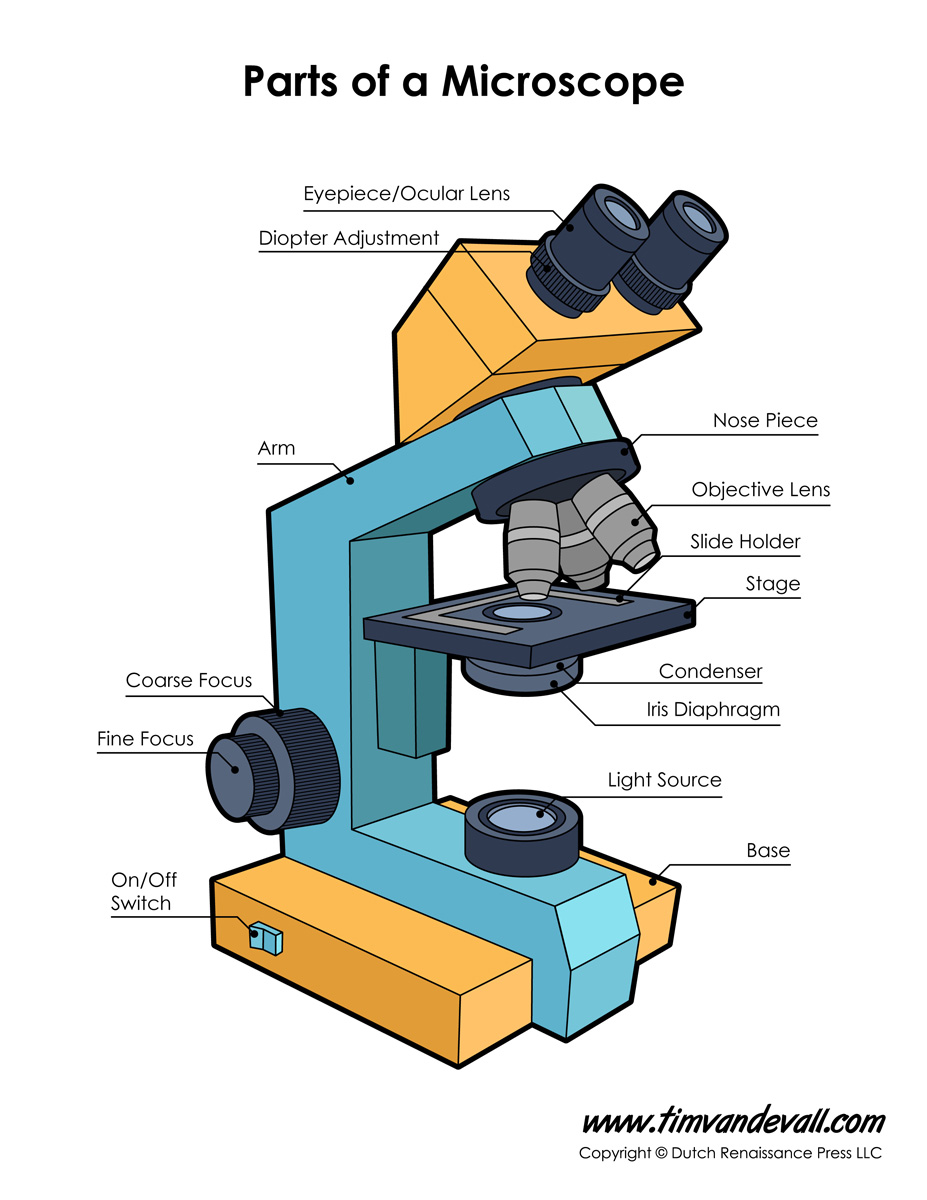
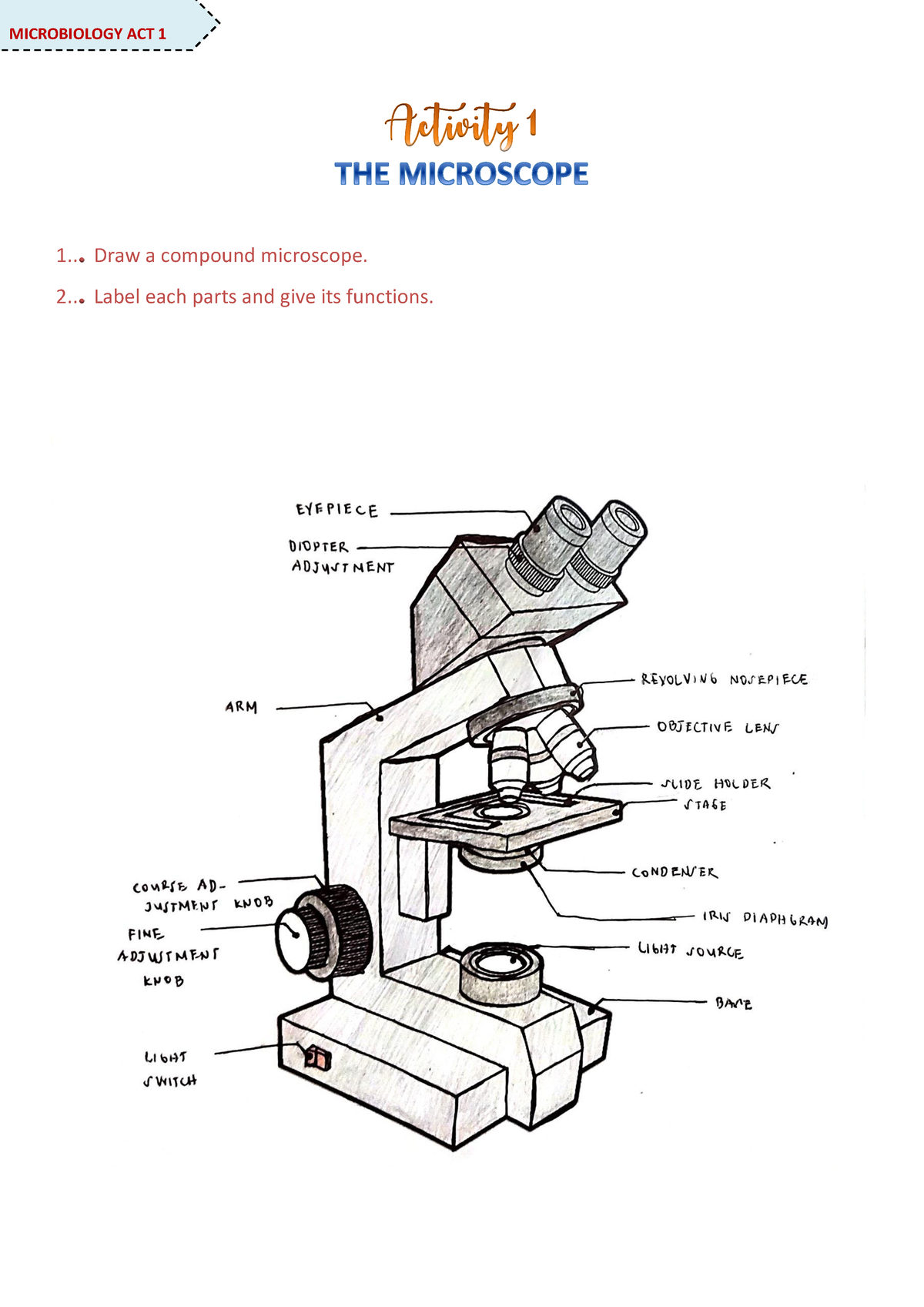


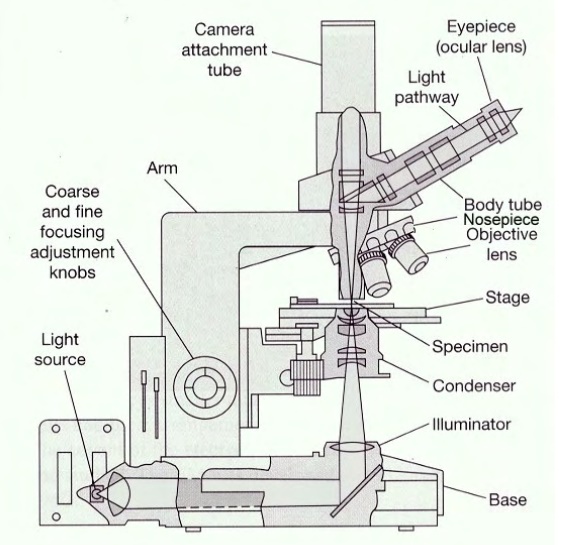
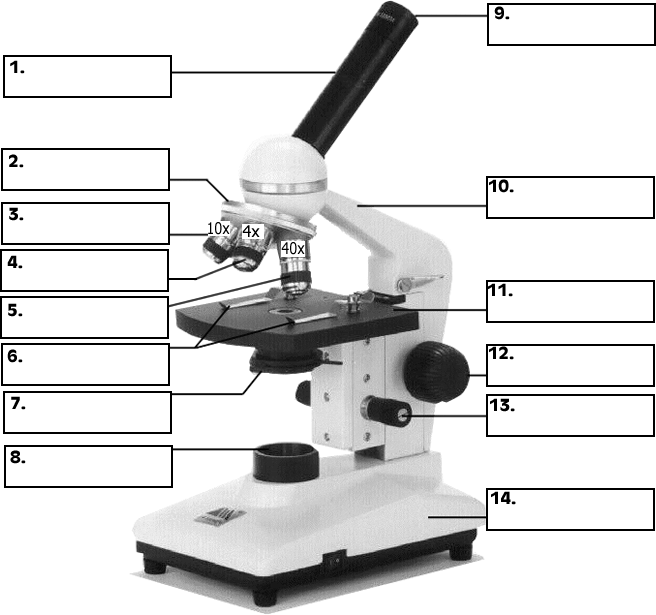




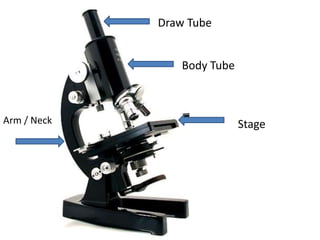



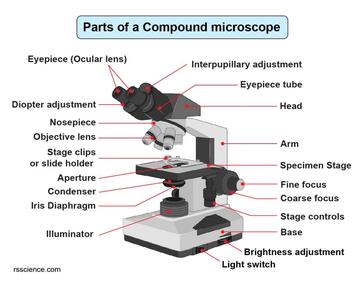
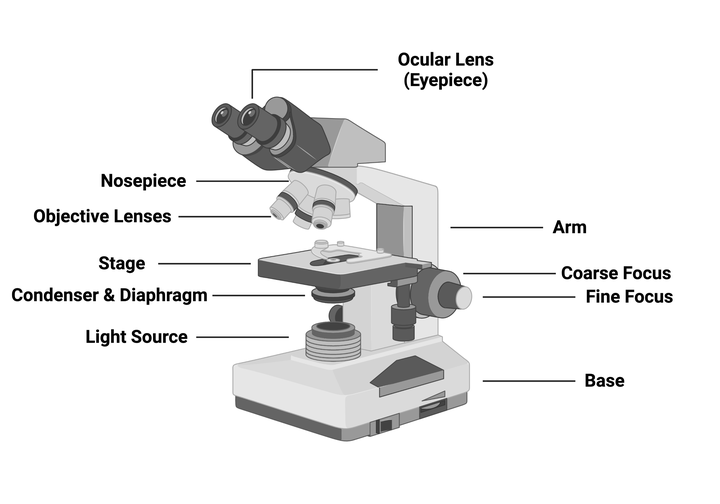
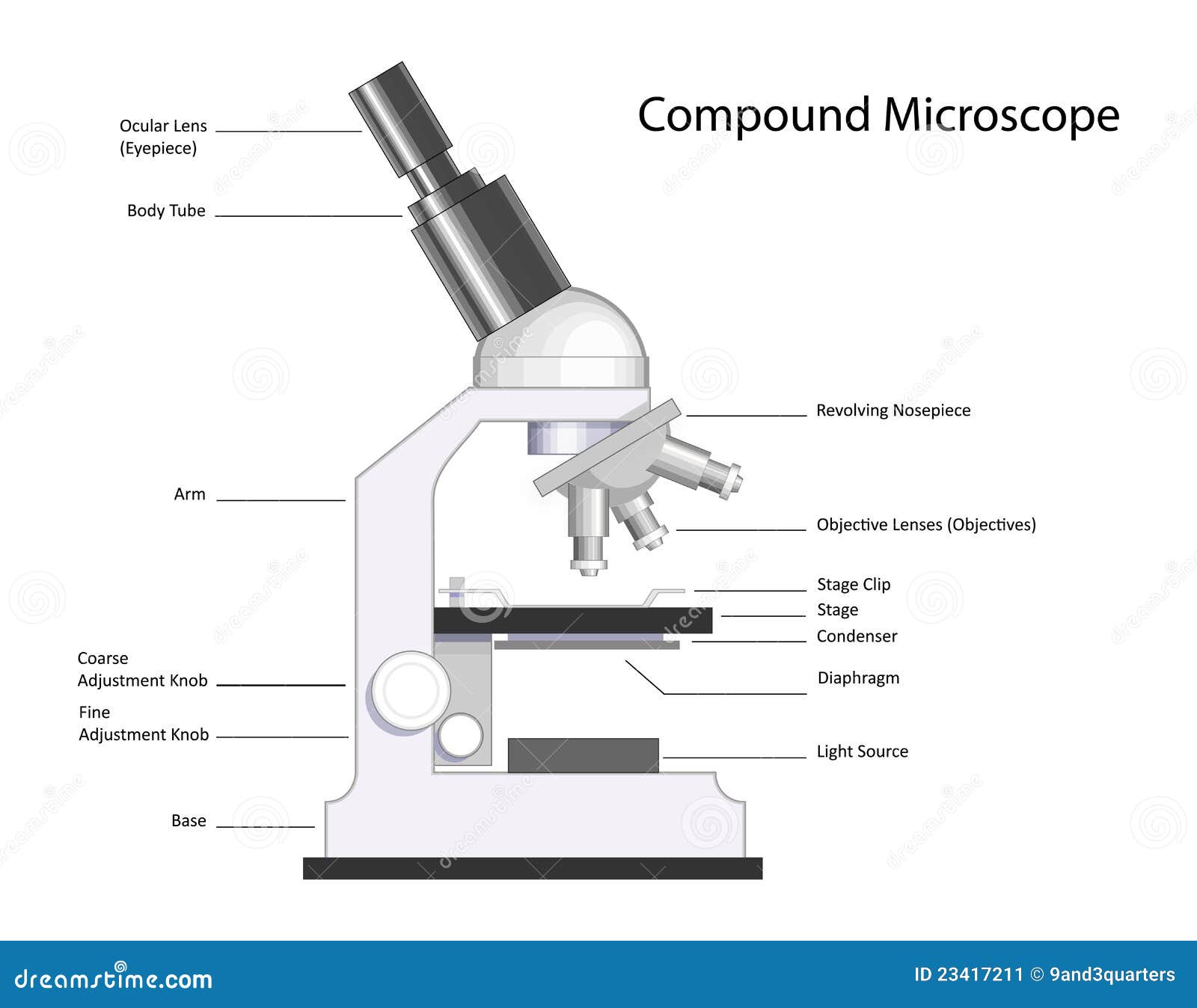
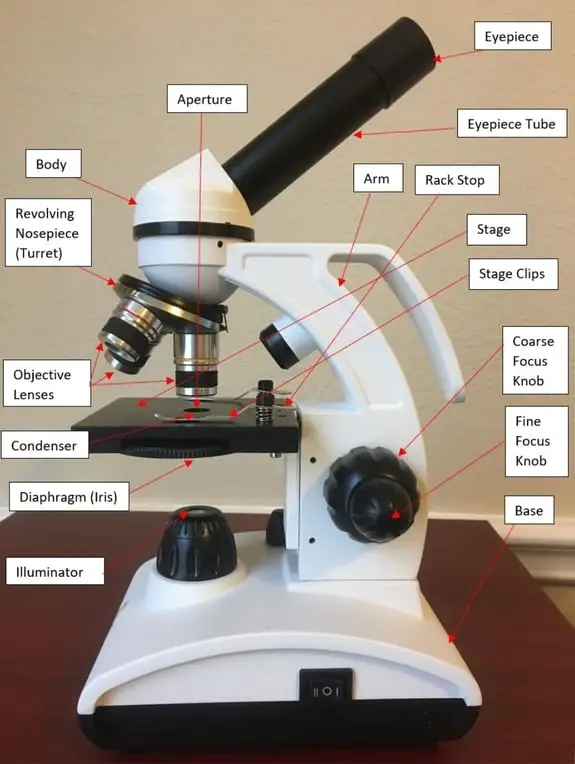


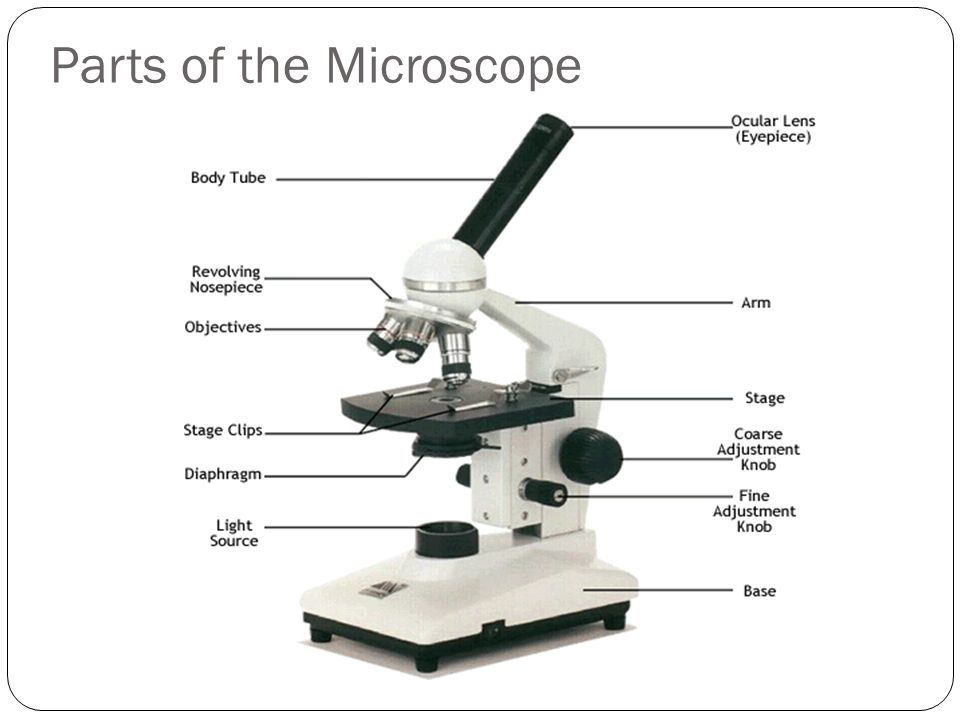
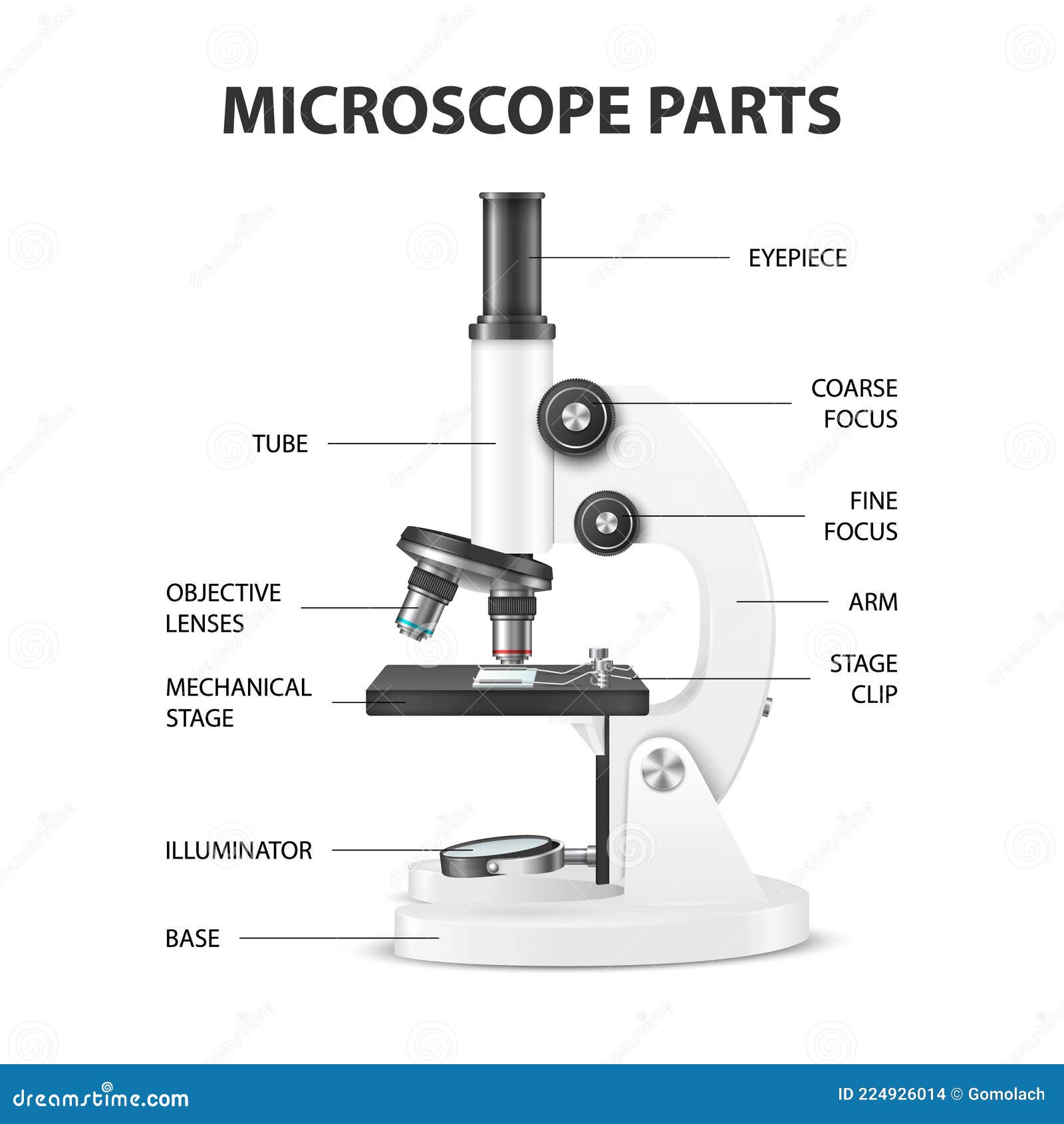
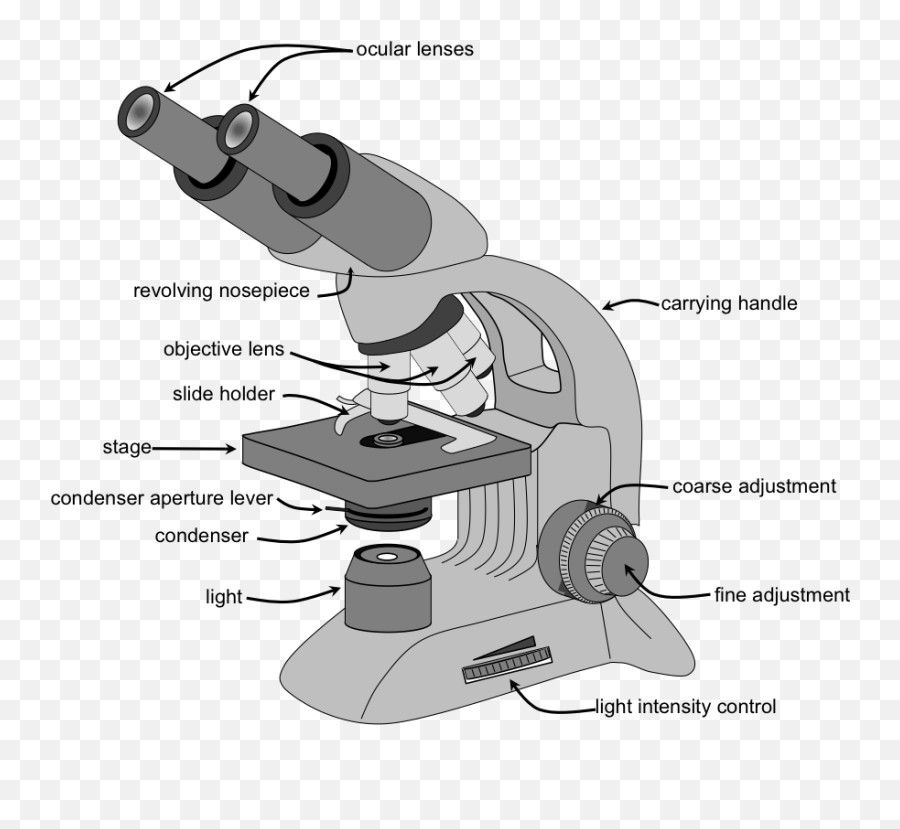

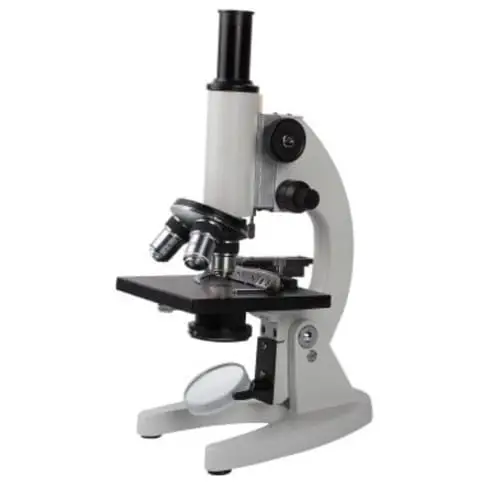

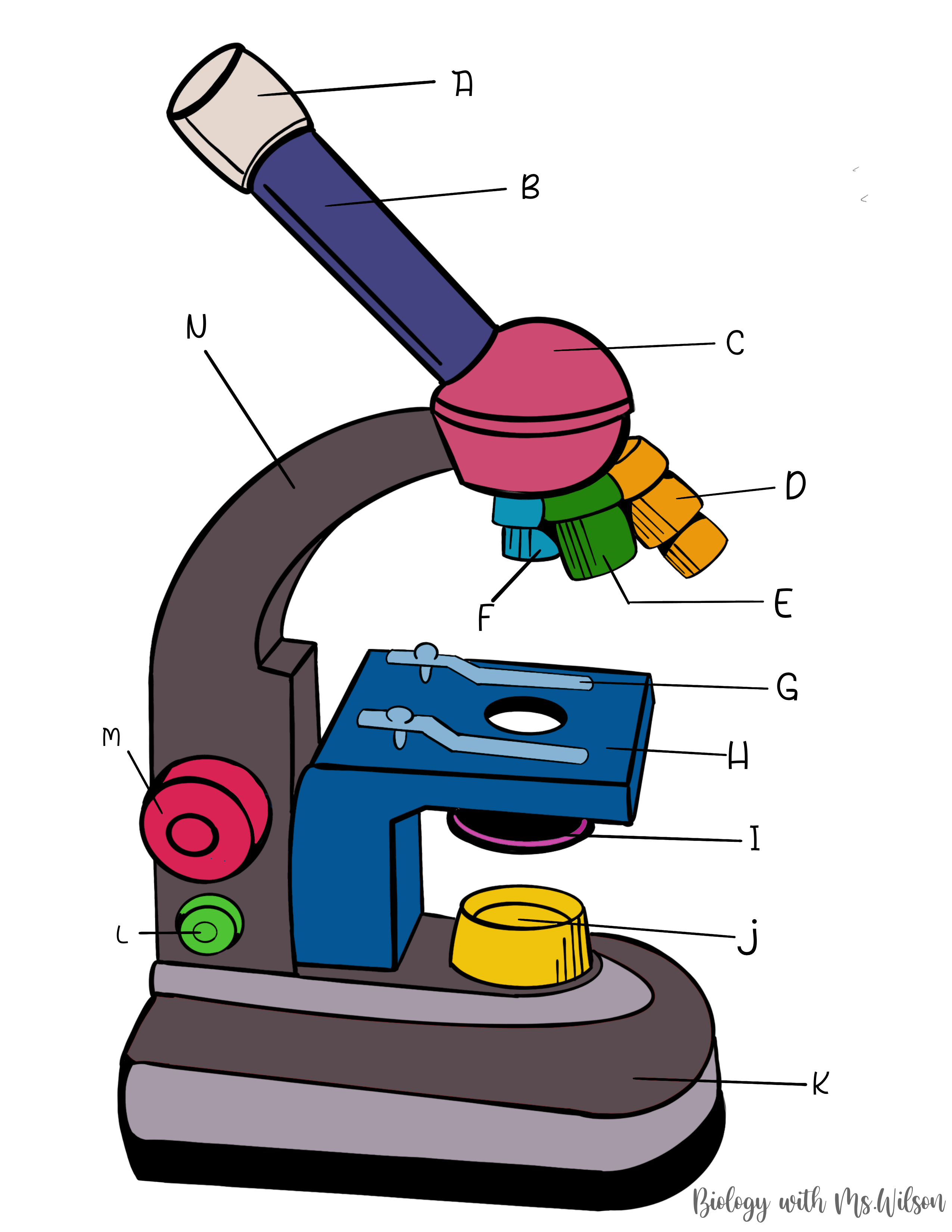


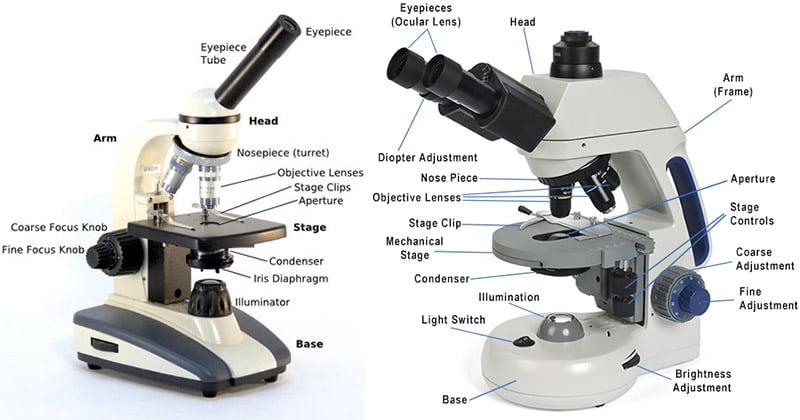


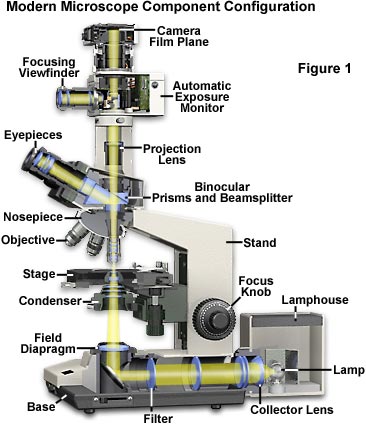
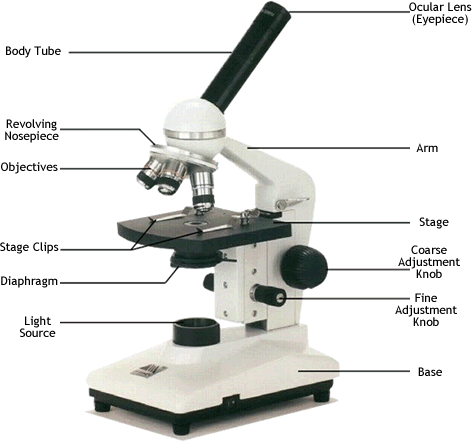
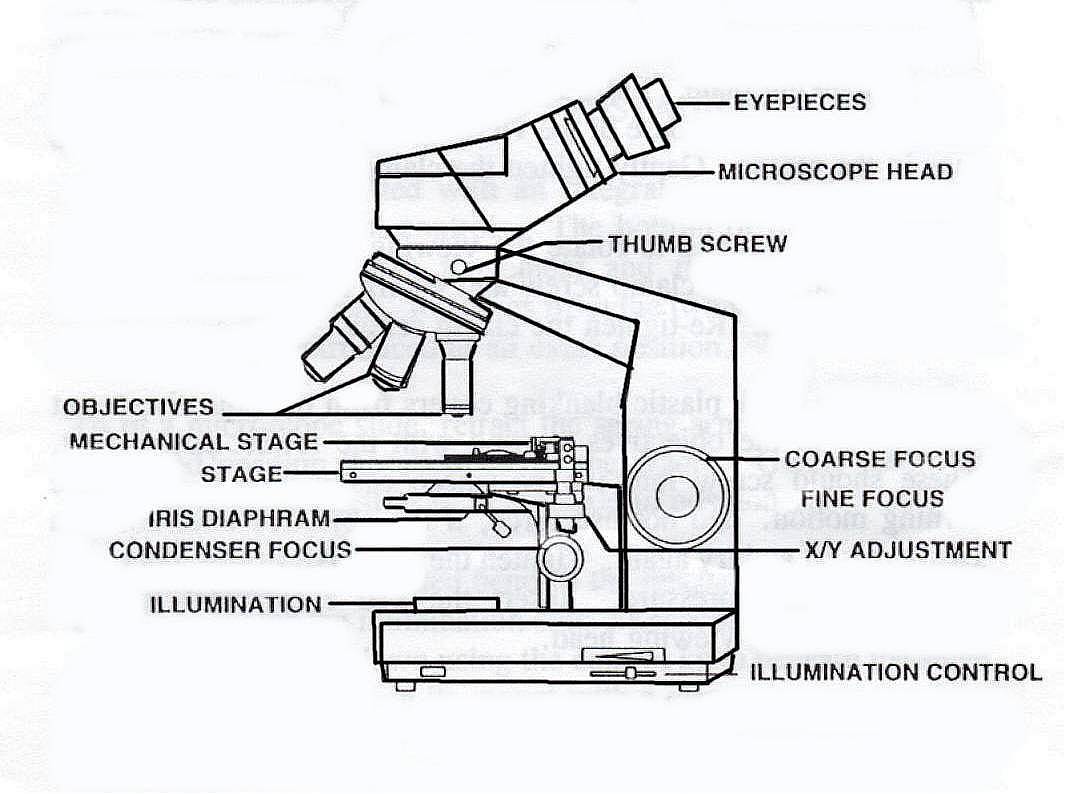

Post a Comment for "45 parts of compound microscope drawing"